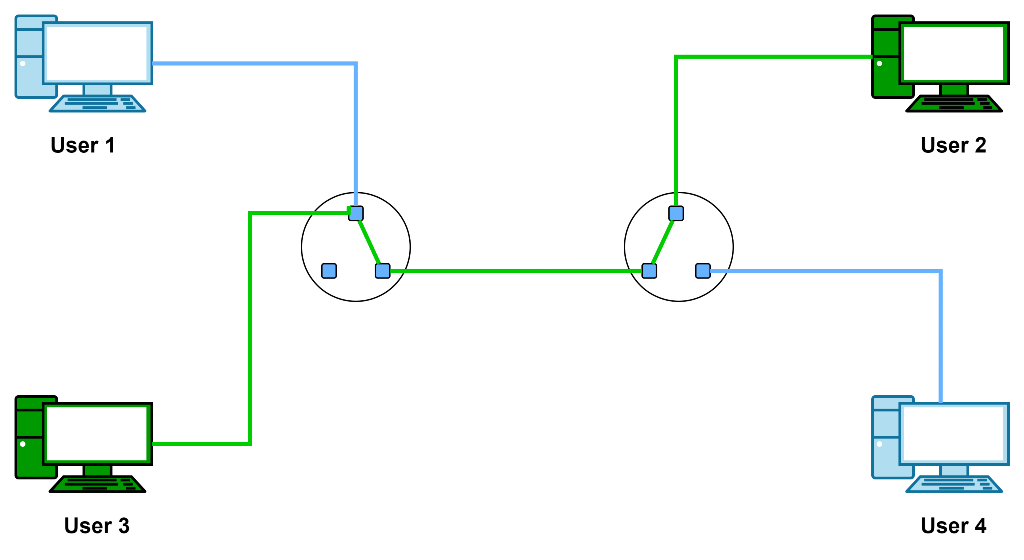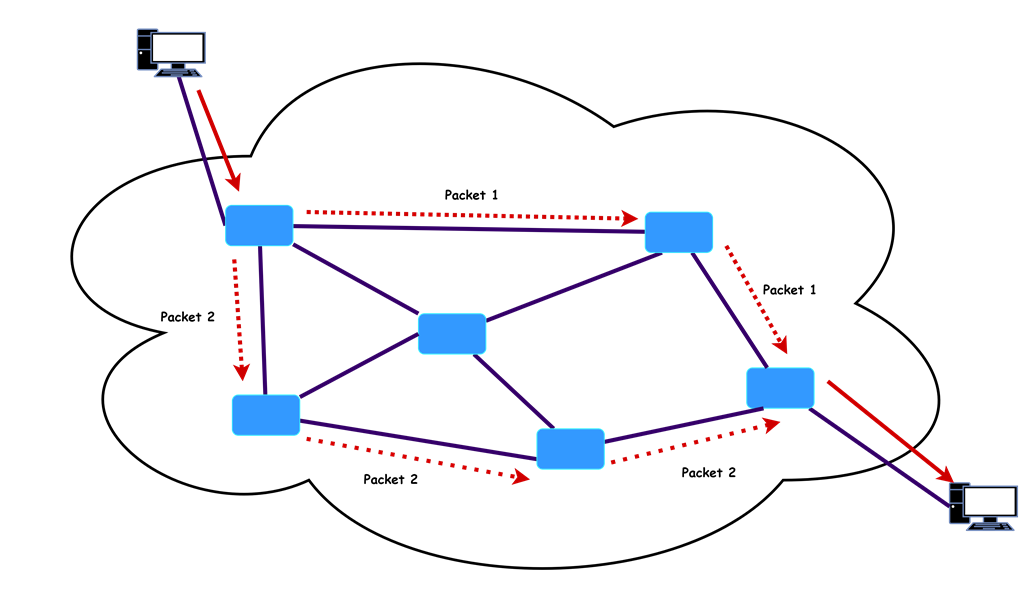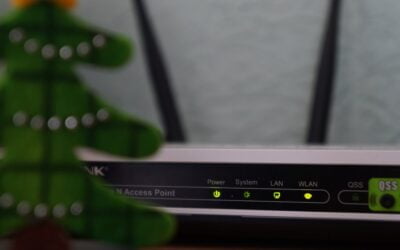Circuit switching and packet switching are two common switching methods where circuit switching is connection-oriented but packet switching is connectionless. They are used to connect multiple network devices with each other.
Let’s understand how these procedures affect the data transfer from sender to receiver and how they are different from each other.
Circuit Switching
A switching method that can be used to form a dedicated communication link between the sender and the receiver can be defined as circuit switching. The link formed between the sender and the receiver is a physical link. A well-known example of circuit switching is an analog telephone network. This type of switching has a fixed bandwidth. Let us discuss the advantages and disadvantages of circuit switching.

Advantages and Disadvantages of Circuit Switching
Advantages
- Has a fixed bandwidth.
- Has a fixed data transmission rate.
- No waiting time while switching.
- The quality of communication is increased because of using a dedicated communication channel.
- It is better to use when communication is lengthy and ongoing.
Disadvantages
- Higher bandwidth is required since dedicated channels are used.
- The transmission of other data is impossible since the use of dedicated channels.
- Resource utilization is not full.
- It is expensive because each connection requires the development of a dedicated channel.
- The time it takes the two stations to create the physical link is considerable.
- The link between the sender and the receiver will be maintained until the user disconnects it. This will continue if no data transmission is happening.
Packet Switching
Packet switching is considered a connectionless network in which messages are separated and gathered together into packets. Individual packets are routed from the source to the destination. the payload transport the actual data in these packets. It is the responsibility of the destination to arrange these packets in the right order when the packet arrives. Let us discuss the advantages and disadvantages of circuit switching.

Advantages and Disadvantages of Packet Switching
Advantages
- The data packets are sent to the destination as soon as they are available. Therefore, there is no delay in packet delivery.
- There is no need for a lot of storage space because the data is sent to the destination as soon as it is received.
- Connection failure does not prevent data transmission because these packets can be routed through alternate paths as well.
- The bandwidth efficiency is improved since packets can be transferred by multiple sources through the same source link.
Disadvantages
- The cost of installation is high in packet switching.
- When complex protocols are used packet delivery becomes much easier.
- Packet switching can not be used in high-quality voice calls since there is a considerable delay in this type of communication.
- Loss of information and delay may occur due to connectivity problems.
Circuit Switching vs Packet Switching
Circuit switching is a data transmission method that involves sending messages from one location to another. Messages are sent from the receiver to the sender and back at the same time. During this process, a physical link is created together with the receiver; data transmissions are handled by a dedicated circuit always via which data is delivered. Packet switching can be used instead of circuit switching. Data is transmitted in discrete units of variable lengths in packet-switched networks.
| Circuit Switching | Packet Switching |
| A circuit need to be created for data transmission. | The dynamic route is used to transfer each packet that contains information that should be processed. |
| Throughout the session, a uniform path is followed. | No uniform path is followed throughout the session. |
| It is suitable for voice communication while maintaining uniform delay. | It is suitable mainly for data transmission since there is no uniform delay. |
| It cannot exist without a connection as the connection need to be present in the physical layer. | A connection is not required since it can exist without one as well. It must be present at the network layer. |
| Data that is to be transmitted is processed at the source. | At both the source and each switching station, data is processed and transferred. |







0 Comments